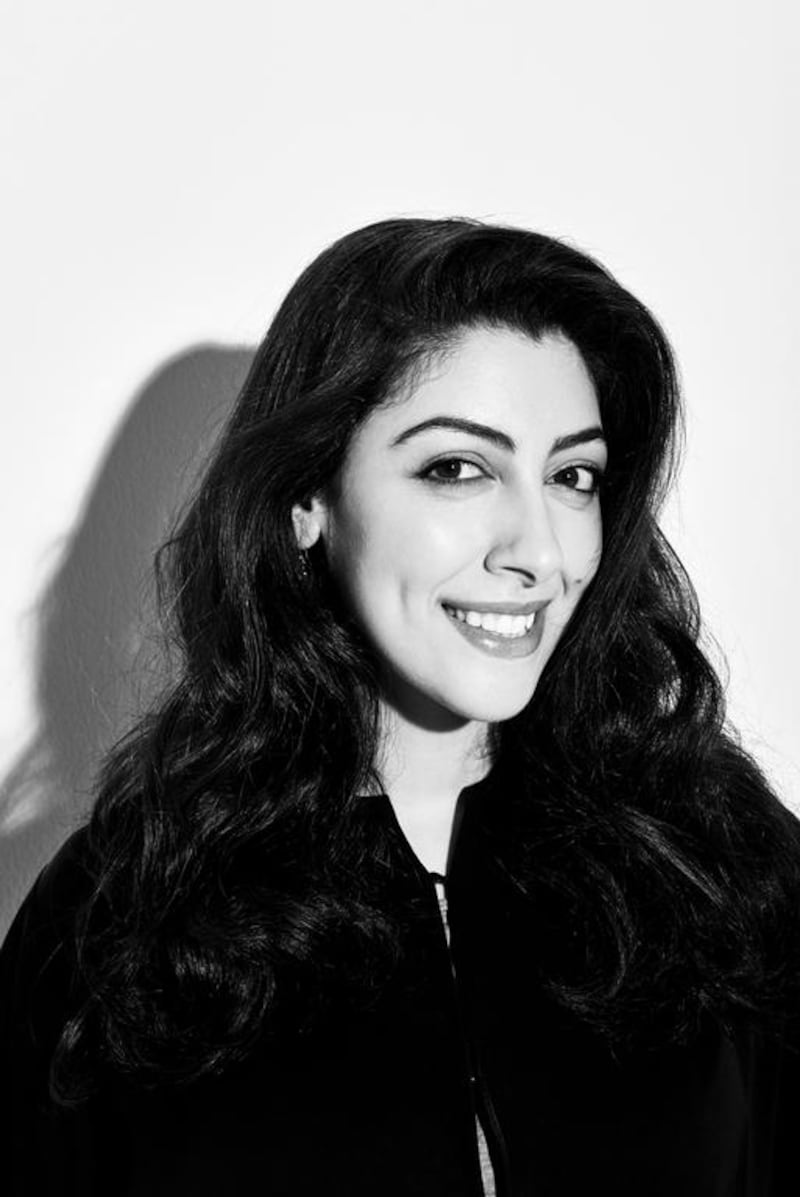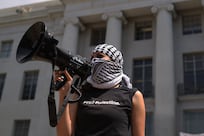The newest name on the UAE fashion scene is Fatema Fardan, an Emirati who recently launched her ready-to-wear womenswear label in Dubai. At the Dubai International Film Festival, Fardan dressed the actress Eva Longoria and received international acclaim. We catch up with the up-and-coming designer.
When did you know you wanted to work in fashion design?
Since I was 9 years old. I was very lucky to be brought up in a family that really loved fashion. I was introduced to it by my parents at a young age. When we used to travel to Europe, I used to look at brands such as Versace and Moschino in the 1990s and was fascinated by all the colours, styles and fabrics – I knew right away that this was something I wanted to pursue.
When I was at school, I’d get in trouble all the time because I would sketch on all my textbooks and my teachers never liked that.
Why fashion?
We live in a world where people communicate more through body language than words. When you first look at someone, you look at the way they’ve put together different fabrics, colours and prints. Fashion, when you look back at it, is history – every era in fashion speaks about culture, ethnicity and values.
What’s a typical day at your design studio like?
We start work at 9am with sketching, designing, following up with suppliers and going through emails. We do a lot of sampling [cutting the fabric and making shapes onto the mannequin to find new designs] to see what will work with what – it’s quite a lot of trial and error. The sampling stage can take up to a month, month and a half, and on a good day, I’m done at 8pm.
What was the design philosophy and mood behind your first collection?
With this first collection, I reflected the most romanticised part of me. Because the collection is for spring/summer 2015, I wanted to focus on pastels and feminine silhouettes that were taken from the 1950s and 1960s. It’s more modest in style – more about the sensual rather than the sexual woman.
Why did you choose that era?
I was doing a lot of research on when women first started entering the workforce and getting important jobs. During that time, women still dressed very feminine – think pencil skirts with fitted jackets. Even when designers such as Yves Saint Laurent introduced the trouser suits, women still wore these androgynous styles in a very feminine way.
I softened the men’s style and made it a little more womanly, added some interesting fabrics with pastels, embroidery and prints that I design myself to come up with a collection that’s diverse and different to what’s already out in the market.
How many people work on your team?
Six. A pattern cutter, two tailors, a secretary, a marketing person and a sales person.
You come from a family of jewellers – do you feel that influence in your pieces?
Although I consider jewellery an art form, I don’t think fashion in itself is one, but instead the process of making fashion is similar to the process of making art. Coming from a jewellery background taught me about customer service, gave me an eye for luxury and quality and showed me how things should be presented.
What was the biggest hurdle you had to face in the build-up to your fashion show?
Trying to source the right staff was the most difficult aspect of my whole business, as was finding the sort of supplies I needed.
What are some of the preconceptions that people have of fashion?
A lot of people come into the business thinking it’s easy, fun and glamorous – but it isn’t. The fashion industry is only 10 per cent glamour, if even – the rest is all business. If you like that, then you’ll really enjoy it.
How do you think international interest in Middle Eastern designers has changed?
I think people are bored and want new ideas and points of view. When people visit the Middle East, they look for regional designers who have different designs – things that they can take home with them that are unique. The question I ask myself always is: how long is this sort of mass fashion going to keep up? People already can’t relate to it, including myself.
artslife@thenational.ae





